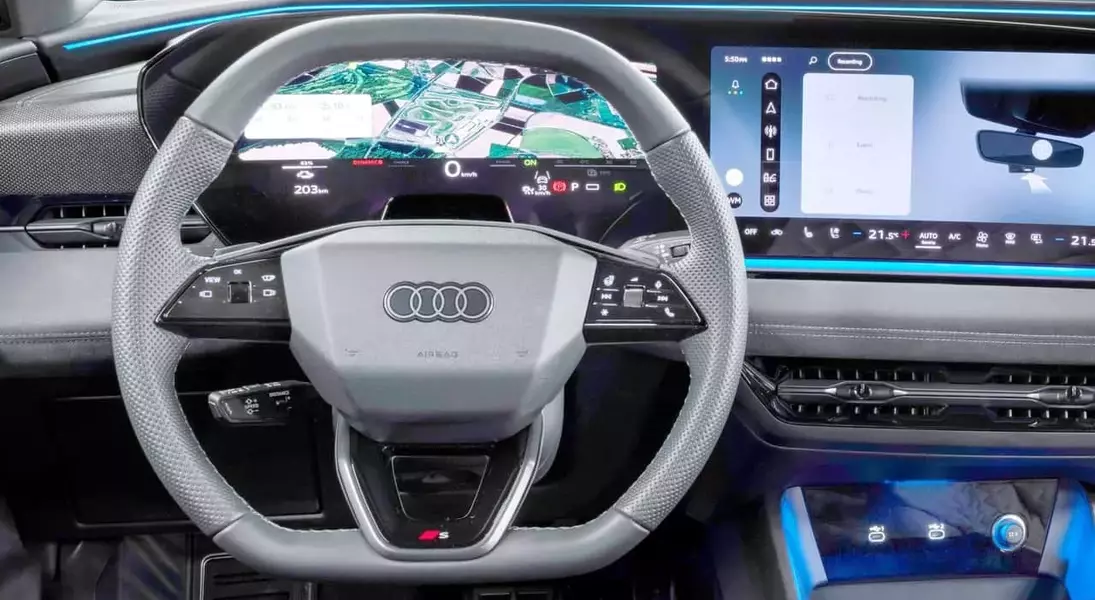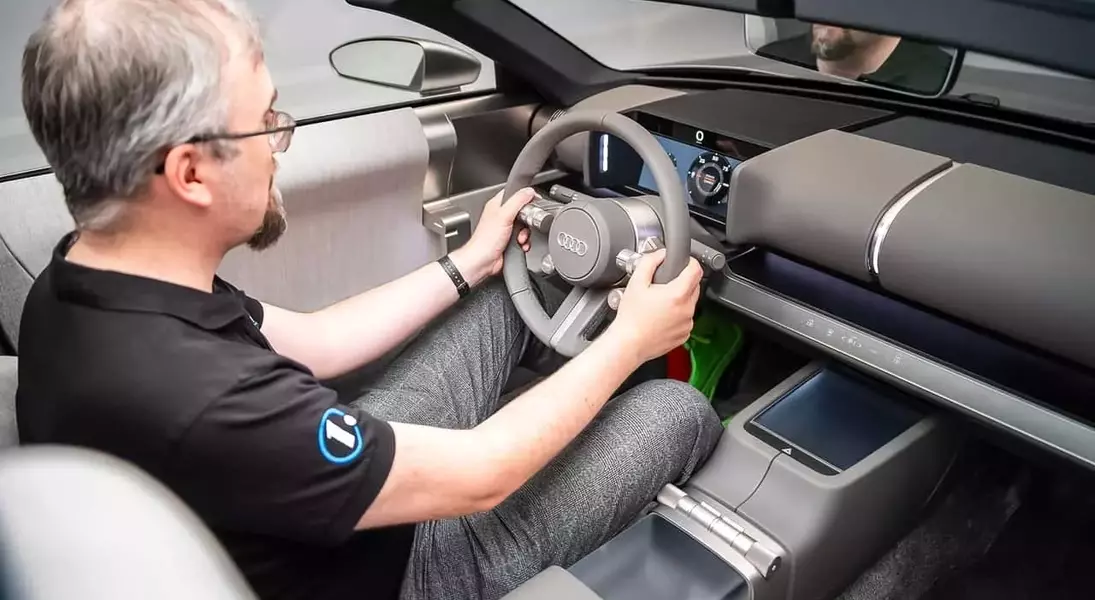






Audi is making a notable adjustment to the interior design of several of its models by reintroducing physical controls on the steering wheel, replacing the touch sliders that were previously implemented. This strategic pivot, impacting models such as the A5, Q5, A6, A6 e-tron, and Q6 e-tron, is a direct result of extensive feedback received from customers who expressed a preference for tactile interaction over touch-sensitive surfaces. This change is particularly significant given that many of these vehicles are relatively new additions to Audi's lineup, with some having debuted just last year or even a few months prior, underscoring the brand's responsiveness to consumer preferences.
This initiative aligns with Audi's broader commitment to enhancing interior quality and user experience, a sentiment echoed by statements from company executives. For example, Audi's Head of Product and Technology Communication acknowledged past lapses in interior quality and affirmed the company's dedication to regaining its reputation for excellence. The return of physical controls, often described as offering a more satisfying 'Audi click' feel, is viewed as a crucial step towards achieving this goal, indicating a deliberate effort to blend advanced technology with intuitive, user-friendly design.
The move by Audi to revert to physical controls is part of a larger trend in the automotive industry, where manufacturers are increasingly recognizing the importance of ergonomic and practical interior elements. While the shift towards minimalist, screen-dominated cockpits has been prevalent, the challenges associated with operating touch-sensitive controls while driving, particularly for frequently used functions like volume adjustment and menu navigation, have become evident. Audi's decision reflects a positive evolution towards designs that prioritize driver safety and convenience, demonstrating that even with the advent of sophisticated electric vehicle concepts like the upcoming Concept C, the fundamental need for reliable and intuitive physical interfaces remains paramount.
This strategic shift highlights Audi's commitment to prioritizing user experience and demonstrates its adaptability in a rapidly evolving automotive landscape. By listening to its customers and integrating their feedback into design and functionality, Audi is reinforcing its dedication to crafting vehicles that are not only technologically advanced but also exceptionally user-friendly. This forward-thinking approach ensures that innovation is balanced with practicality, leading to a more enjoyable and intuitive driving experience for all.
